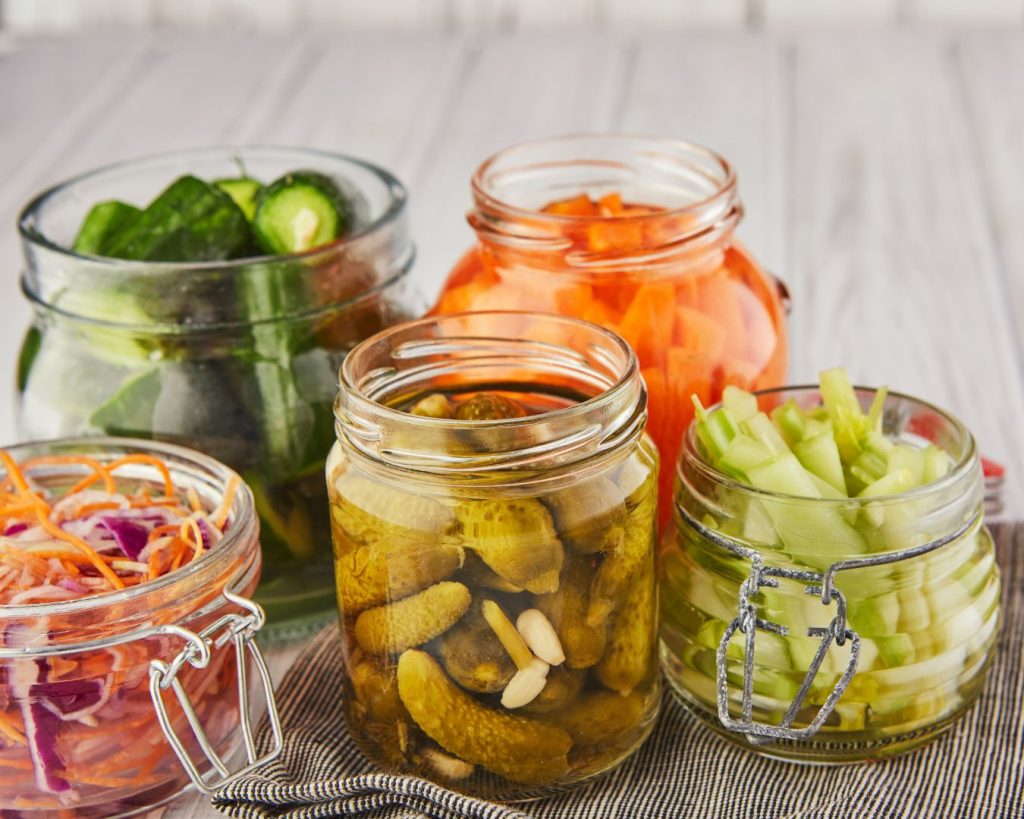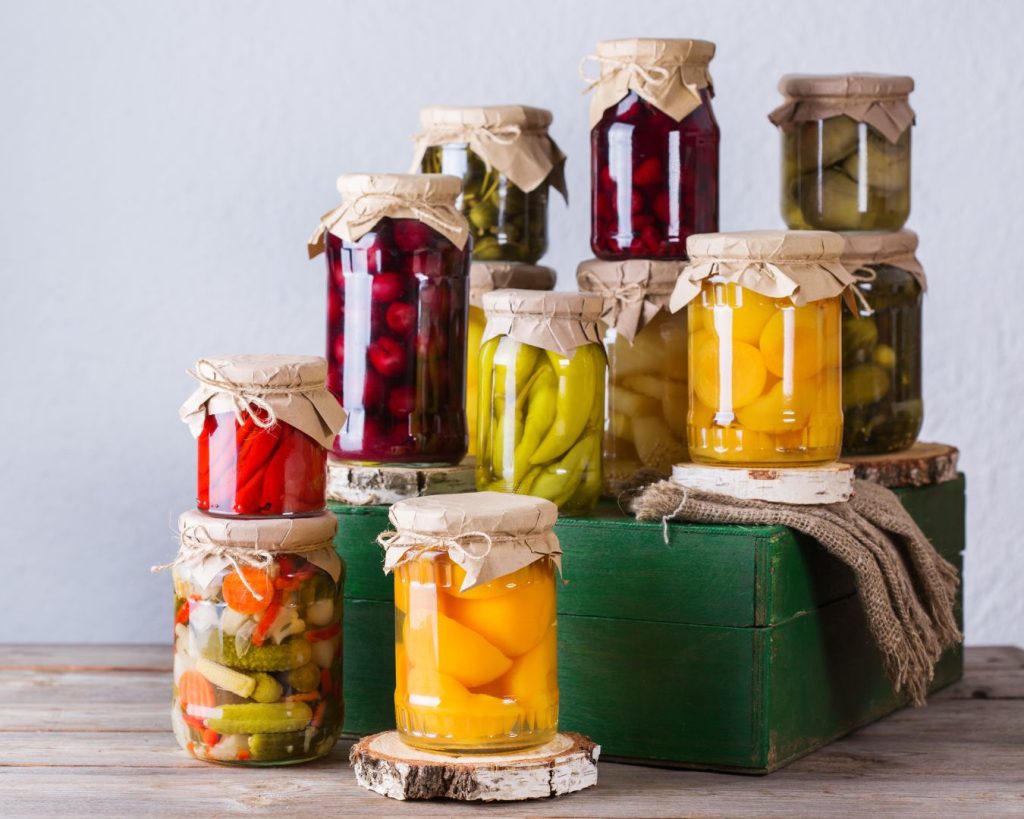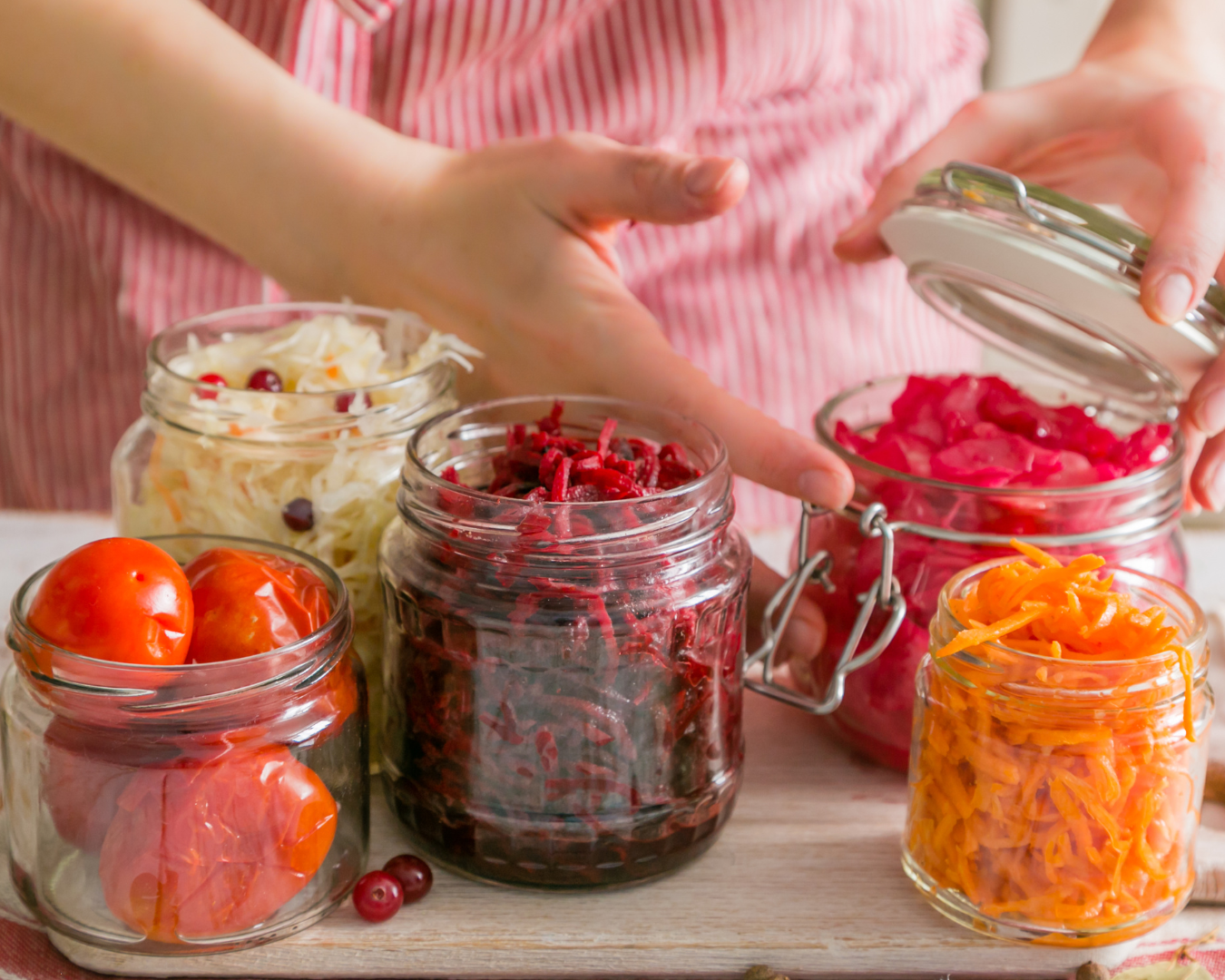How to Ferment Vegetables at Home: A Beginner’s Guide
Fermenting vegetables at home is a delightful and rewarding process that not only enhances the flavor of your food but also boosts its nutritional value. Rich in probiotics, fermented vegetables support gut health and can add a tangy zest to your meals. This beginner’s guide will walk you through the basics of vegetable fermentation, ensuring you achieve delicious results every time.
What is Fermentation?
Fermentation is a natural process where microorganisms like bacteria and yeast convert sugars and starches into alcohol or acids. In the case of vegetable fermentation, beneficial bacteria, primarily lactobacilli, convert sugars into lactic acid, which acts as a preservative and gives fermented foods their distinctive sour taste.
Benefits of Fermented Vegetables
- Probiotic-Rich: Fermented vegetables are packed with beneficial bacteria that support a healthy gut microbiome.
- Enhanced Nutrients: Fermentation increases the bioavailability of vitamins and minerals, making them easier for your body to absorb.
- Long Shelf Life: The fermentation process preserves vegetables, allowing you to enjoy them for months.
- Delicious Flavor: The tangy, complex flavors of fermented vegetables can enhance a wide variety of dishes.

Before you begin, gather the necessary equipment:
- Fresh Vegetables: Organic, fresh vegetables are ideal for fermentation.
- Salt: Use non-iodized salt, such as sea salt or kosher salt.
- Water: Filtered water is preferred to avoid chlorine and other chemicals that can inhibit fermentation.
- Fermentation Vessels: Glass jars, ceramic crocks, or food-grade plastic containers.
- Weights: To keep vegetables submerged in brine. You can use glass weights or even a clean, heavy rock.
- Cloth and Rubber Band: To cover the jars and allow gases to escape while keeping contaminants out.
Step-by-Step Guide to Fermenting Vegetables
Step 1: Choose and Prepare Your Vegetables
Select fresh, organic vegetables. Popular choices include:
- Cabbage (for sauerkraut)
- Carrots
- Cucumbers (for pickles)
- Beets
- Radishes
Wash the vegetables thoroughly to remove any dirt or pesticides. Cut them into desired shapes and sizes, keeping in mind that smaller pieces ferment faster.
Step 2: Create the Brine
The brine is a saltwater solution that helps create the ideal environment for fermentation. The basic ratio is 1-3 tablespoons of salt per quart (liter) of water. Dissolve the salt in water, ensuring it’s fully mixed.
Step 3: Pack the Vegetables
Pack the vegetables tightly into your fermentation vessel, leaving about 1-2 inches (2.5-5 cm) of headspace at the top. Pour the brine over the vegetables until they are completely submerged. Use weights to keep the vegetables below the brine to prevent mold growth.
Step 4: Cover and Ferment
Cover the jar with a cloth secured with a rubber band to allow gases to escape while keeping contaminants out. Place the jar in a cool, dark place, such as a pantry or cupboard, at a temperature between 60-75°F (15-24°C).
Step 5: Monitor and Taste
Fermentation times can vary depending on the vegetables and the temperature. Start tasting your vegetables after a few days. They are usually ready in 1-4 weeks. The longer they ferment, the tangier they become. When they reach your desired flavor, move them to the refrigerator to slow down the fermentation process.

Tips for Successful Fermentation
- Use Fresh, Organic Vegetables: The fresher the vegetables, the better the fermentation process.
- Maintain Proper Temperature: Ferment at a consistent temperature to avoid undesirable bacteria growth.
- Keep Vegetables Submerged: Always ensure the vegetables are fully submerged in the brine to prevent mold.
- Be Patient: Fermentation is a slow process, and the flavors develop over time. Taste regularly and let them ferment to your preference.
Delicious Ways to Enjoy Fermented Vegetables
- Salads: Add a tangy crunch to your salads.
- Sandwiches and Wraps: Enhance flavors with a spoonful of fermented veggies.
- Buddha Bowls: Top your grain bowls with fermented vegetables for a probiotic boost.
- Side Dishes: Serve them alongside main dishes for added zest.
Fermenting vegetables at home is a simple and rewarding process that can boost the flavor and nutritional value of your meals. With just a few basic ingredients and some patience, you can create delicious, probiotic-rich vegetables that will benefit your health and delight your taste buds. So, gather your supplies, choose your favorite vegetables, and start fermenting your way to a healthier, tastier kitchen!

